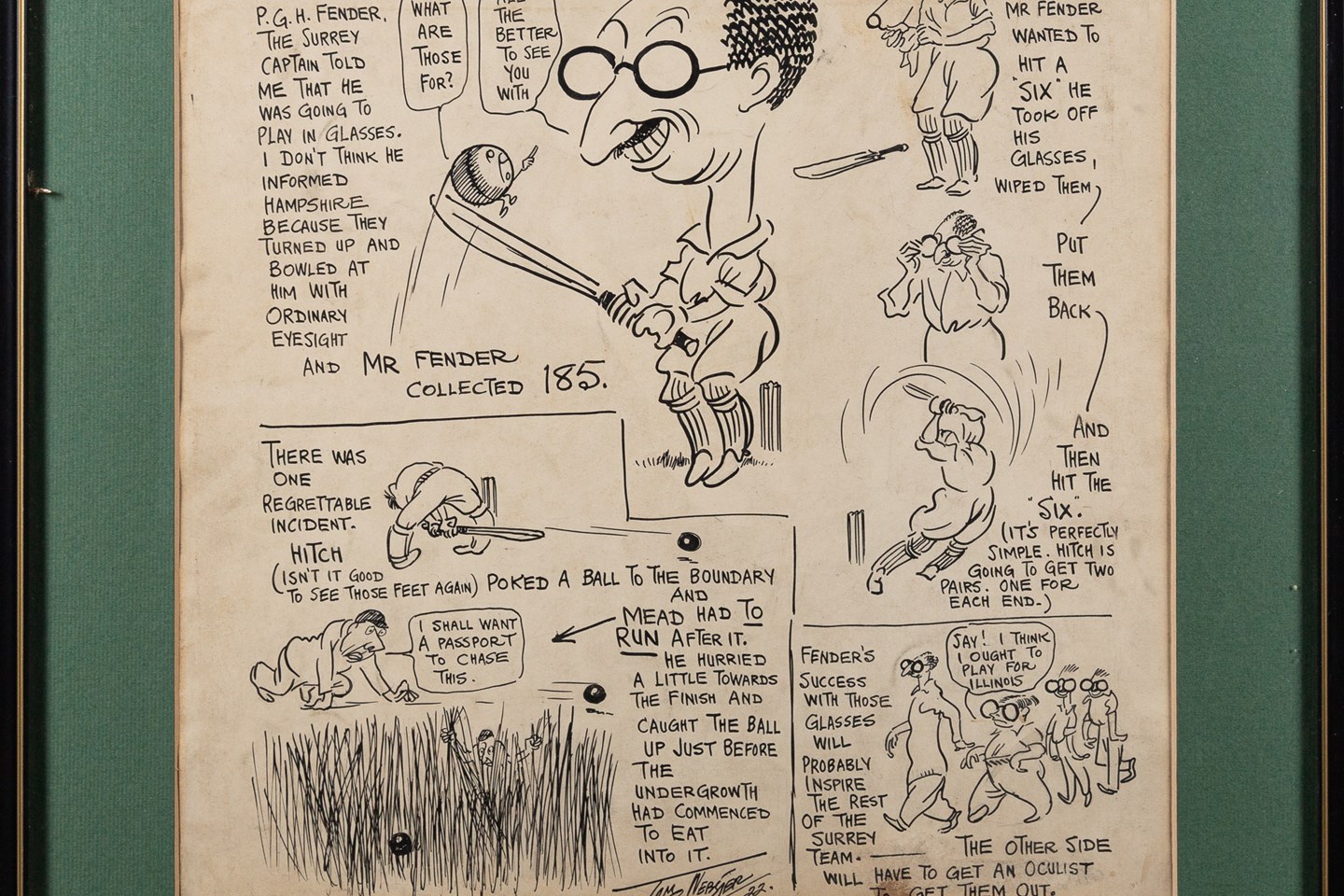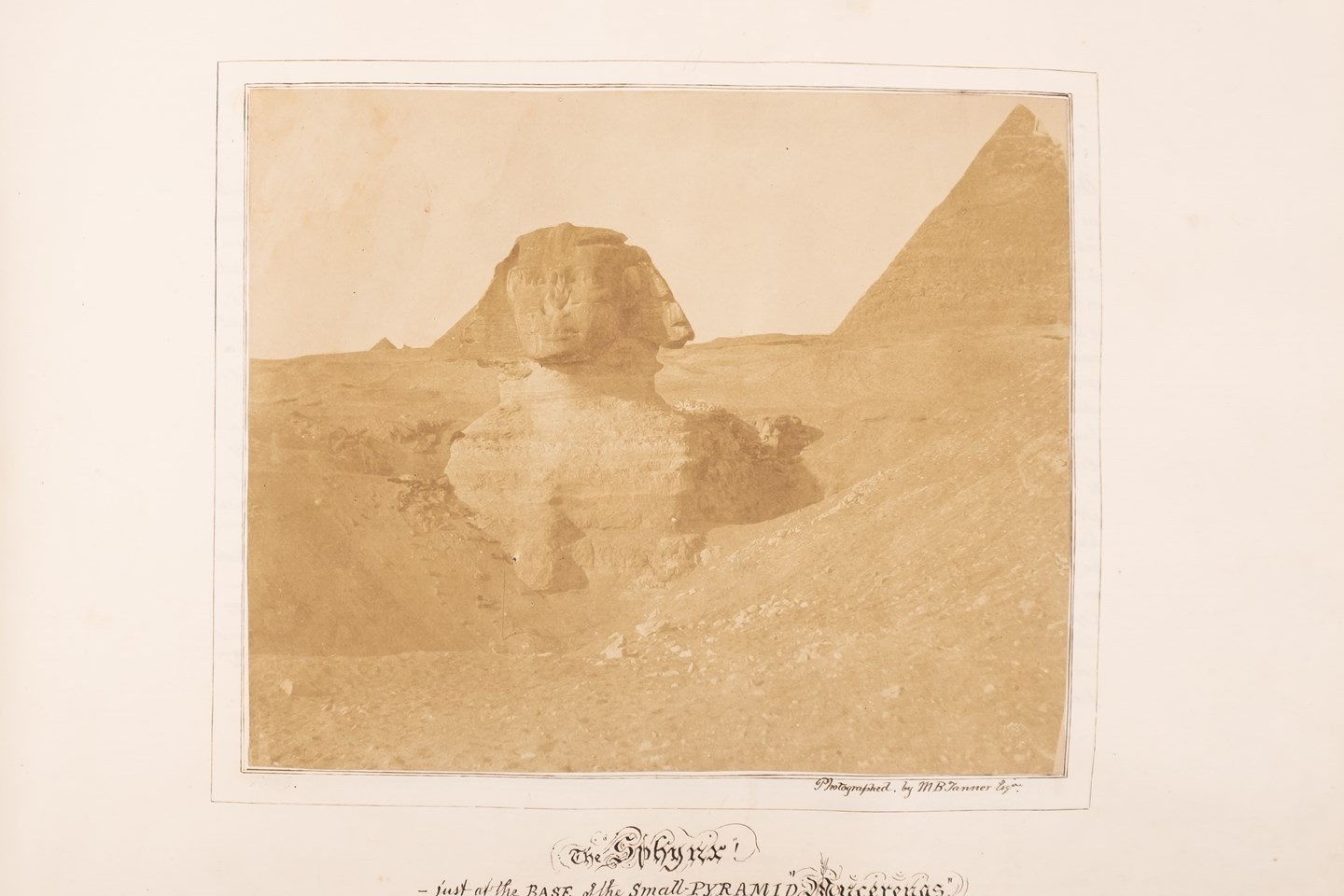After his experiences sledging during the British Antarctic Expedition 1910-1913, and the loss of Captain Scott and his Polar Party on their return from the South Pole, Francis Davies spent a considerable amount of time designing his own version of a polar sledge (MA19/2) Many previous expeditions to Antarctica and even the North Pole had used variations of a ‘Nansesn’ pattern sledge (MA19/27). Designed by Fridjof Nansen in 1888 when he undertook his crossing of Greenland, the sledge was designed to be light but strong enough hold all of the equipment needed and be hauled by six men.

A 'Nansen' pattern polar sledge similar to those used on the British Antarctic Expedition 1910-1913.
Francis Davies had experienced first-hand the extreme environment of the Antarctic and also of the sheer effort of hauling a polar sledge in such conditions. In a letter to Dr Atkinson written by Francis Davies aboard HMS Sandhurst in 1920 he outlined his design for a covered polar sledge stating ‘I have been trying to evolve a type of sledge that would protect the human element from the biting winds whilst on the march’. He goes on to say that he had considered many mechanical ideas but they failed due to excessive weight. In Francis Davies opinion ‘ … the only reliable means on travel in the Antarctic is by man hauled sledge.’

A letter from Francis Davies to Dr Atkinson in regard to his Polar sledge design.

Francis Davies design for a covered polar sledge dated 1920.
Certainly Francis Davies training as a Royal Naval Carpenter and his draughtsmanship are clearly shown in his excellent design for a covered polar sledge. The four man team is covered and the polar sledge is propelled along by the men walking on an endless track within a well inside the sledge. What response Francis Davies received from the Admiralty on his design is not known, but as someone who had experienced the harsh biting winds of Antarctica you can imagine he had thoughts of his departed colleagues in mind as he drew up his design.







